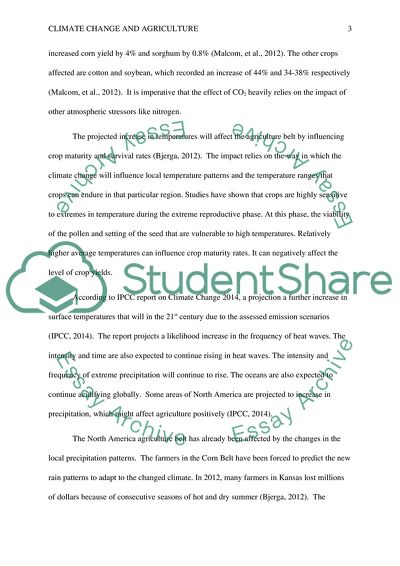Cite this document
(Climate Change and Agriculture Literature review Example | Topics and Well Written Essays - 1250 words, n.d.)
Climate Change and Agriculture Literature review Example | Topics and Well Written Essays - 1250 words. https://studentshare.org/environmental-studies/1871771-climate-change-in-north-america
Climate Change and Agriculture Literature review Example | Topics and Well Written Essays - 1250 words. https://studentshare.org/environmental-studies/1871771-climate-change-in-north-america
(Climate Change and Agriculture Literature Review Example | Topics and Well Written Essays - 1250 Words)
Climate Change and Agriculture Literature Review Example | Topics and Well Written Essays - 1250 Words. https://studentshare.org/environmental-studies/1871771-climate-change-in-north-america.
Climate Change and Agriculture Literature Review Example | Topics and Well Written Essays - 1250 Words. https://studentshare.org/environmental-studies/1871771-climate-change-in-north-america.
“Climate Change and Agriculture Literature Review Example | Topics and Well Written Essays - 1250 Words”. https://studentshare.org/environmental-studies/1871771-climate-change-in-north-america.


